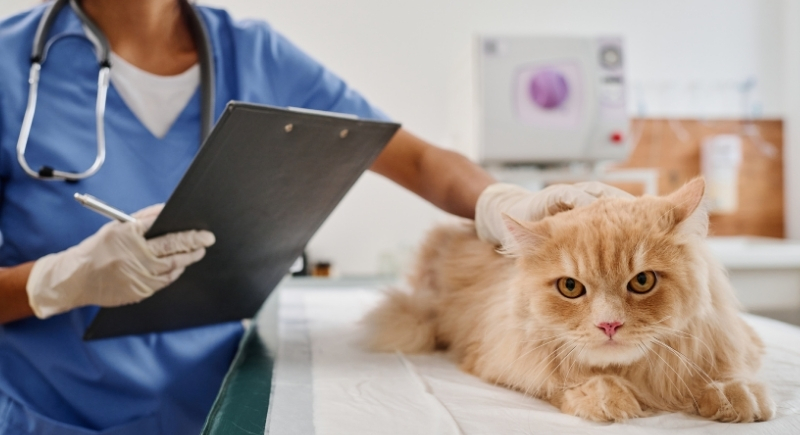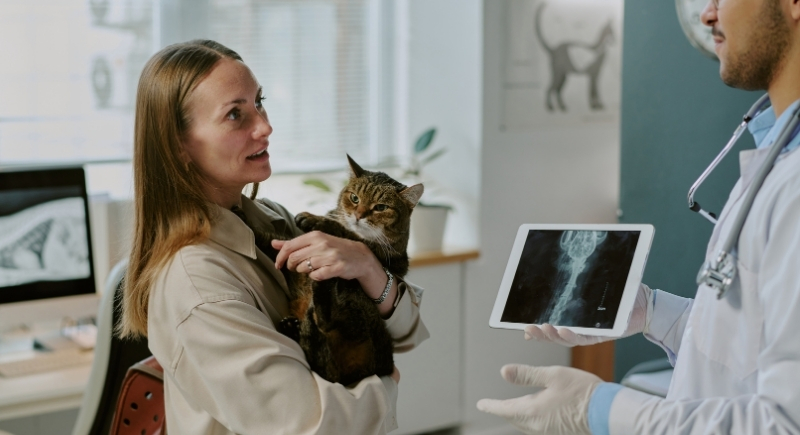Research Suggests a Potential Link Between Cat Ownership and Schizophrenia Risk
The idea that an everyday bond with a pet could intersect with psychiatric research often sparks confused reactions, yet it has kept scientists curious for a long time. They have explored this topic not because cats seem mysterious, but because certain patterns in population studies sometimes point toward unexpected directions. Recent findings have added more material to that conversation, creating a mix of interest and caution as researchers continue to sort out what the evidence actually means.
What Recent Studies Have Found

Image via Canva/Pressmaster
The idea took shape when early work in the mid-1990s suggested that exposure to cats might relate to later schizophrenia risk. That proposal led researchers to look at a parasite known as Toxoplasma gondii. This parasite can live in cats, but it also spreads through undercooked meat and contaminated water. Estimates suggest that about 40 million people in the United States carry it without symptoms.
Once inside the body, the organism can reach the central nervous system and influence neurotransmitters. Some studies have tied it to personality changes, psychotic symptoms, and neurological disorders. Those findings pushed scientists to ask whether exposure in childhood or adolescence might play a role in shaping future mental health.
A review covering 17 studies across 11 countries reported that people exposed to cats had roughly twice the odds of developing schizophrenia related disorders compared to those without exposure. The researchers adjusted for outside influences before reaching that estimate, which made the association strong enough to keep the topic alive in academic circles.
Most of the research depends heavily on study design. Out of the 17 studies reviewed, 15 used a case-control approach, where people with a condition are compared to similar individuals without it. This design cannot confirm cause and effect, and many of the studies were rated as low quality. Their findings were inconsistent, and the stronger studies hinted that earlier links might have been influenced by outside factors that were never fully measured.
Conflicting results add another twist. A study with college students reported no relationship between owning a cat and schizotypy scores, although students who had been bitten by a cat scored higher. Another study found a connection between cat bites and higher scores on tests measuring psychological experiences, and then suggested that other pathogens, such as Pasteurella multocida, might explain the effect. Other work tracking thousands of people from birth to age 18 reported no significant association at all. These inconsistencies show why the topic refuses to settle.
How Parasites Enter The Conversation
The parasite theory has stayed on the table because T. gondii can influence brain chemistry and may contribute to symptoms seen in psychiatric disorders. That connection sounds simple at first, but the path is full of unknowns. Carrying the parasite does not guarantee symptoms, and infection does not automatically involve cats.
Researchers point out that association does not equal causation, and the current evidence cannot tell which factor comes first or how many other variables play a part. The timing of exposure, genetics, immune response, and environmental stress could all shape outcomes.
What Cat Owners Can Do

Image via Canva/annastills
People with pets do not need to panic or rush into drastic decisions. Researchers themselves call for larger and higher-quality studies using representative samples to get clearer answers. Hygiene habits make sense for general health. Cleaning the litter box, washing hands after handling waste, and keeping pets healthy reduce exposure to parasites and bacteria overall. Families with young children or a history of psychosis may choose to be more careful, but there is no cause for alarm.
Environmental exposures, infections, immune interactions, and household routines might influence risk in ways nobody expected a generation ago. As follow-up studies continue, the story will evolve, and people will keep paying attention because it touches everyday life.